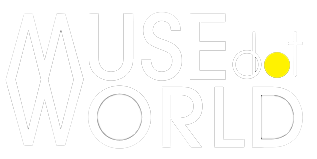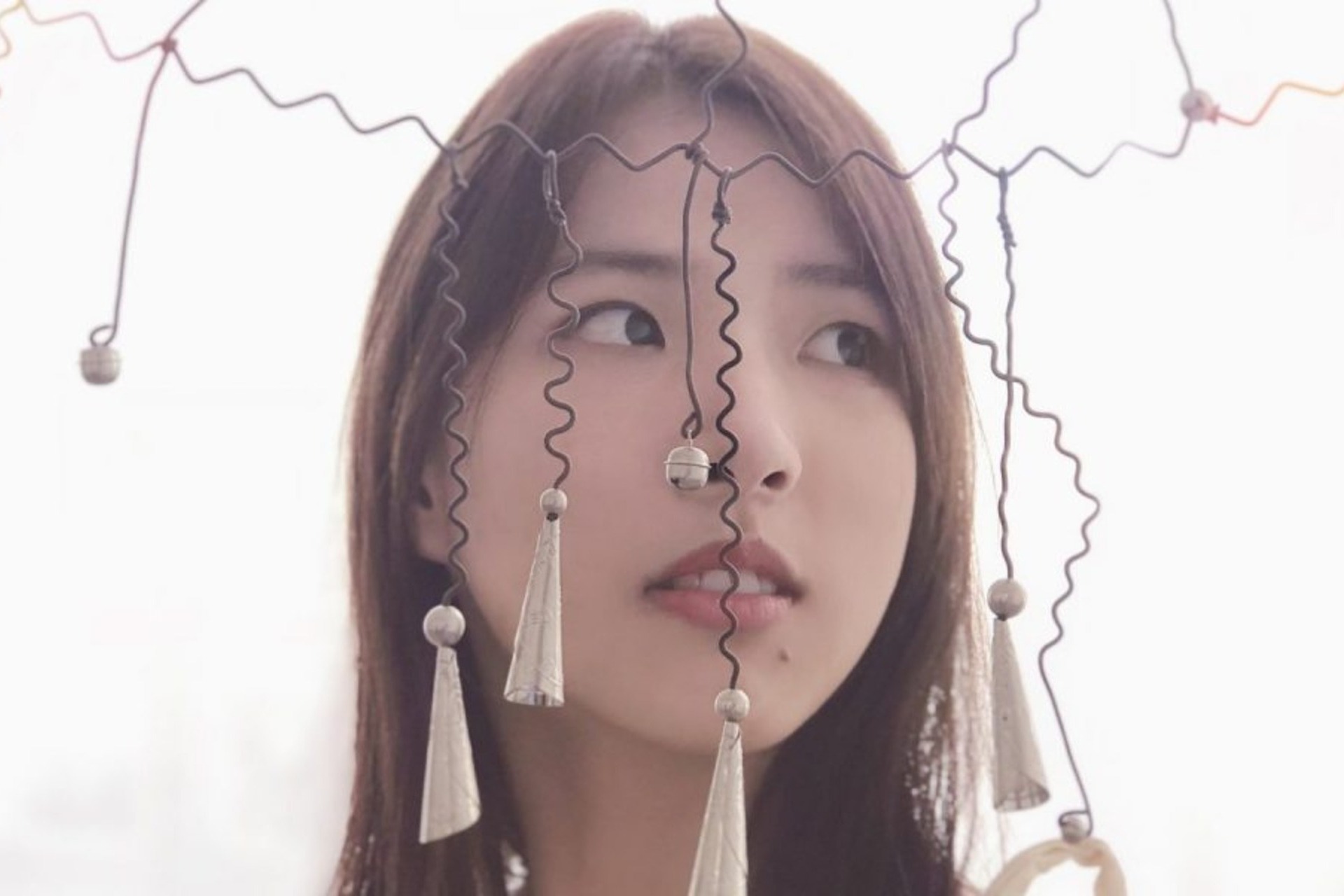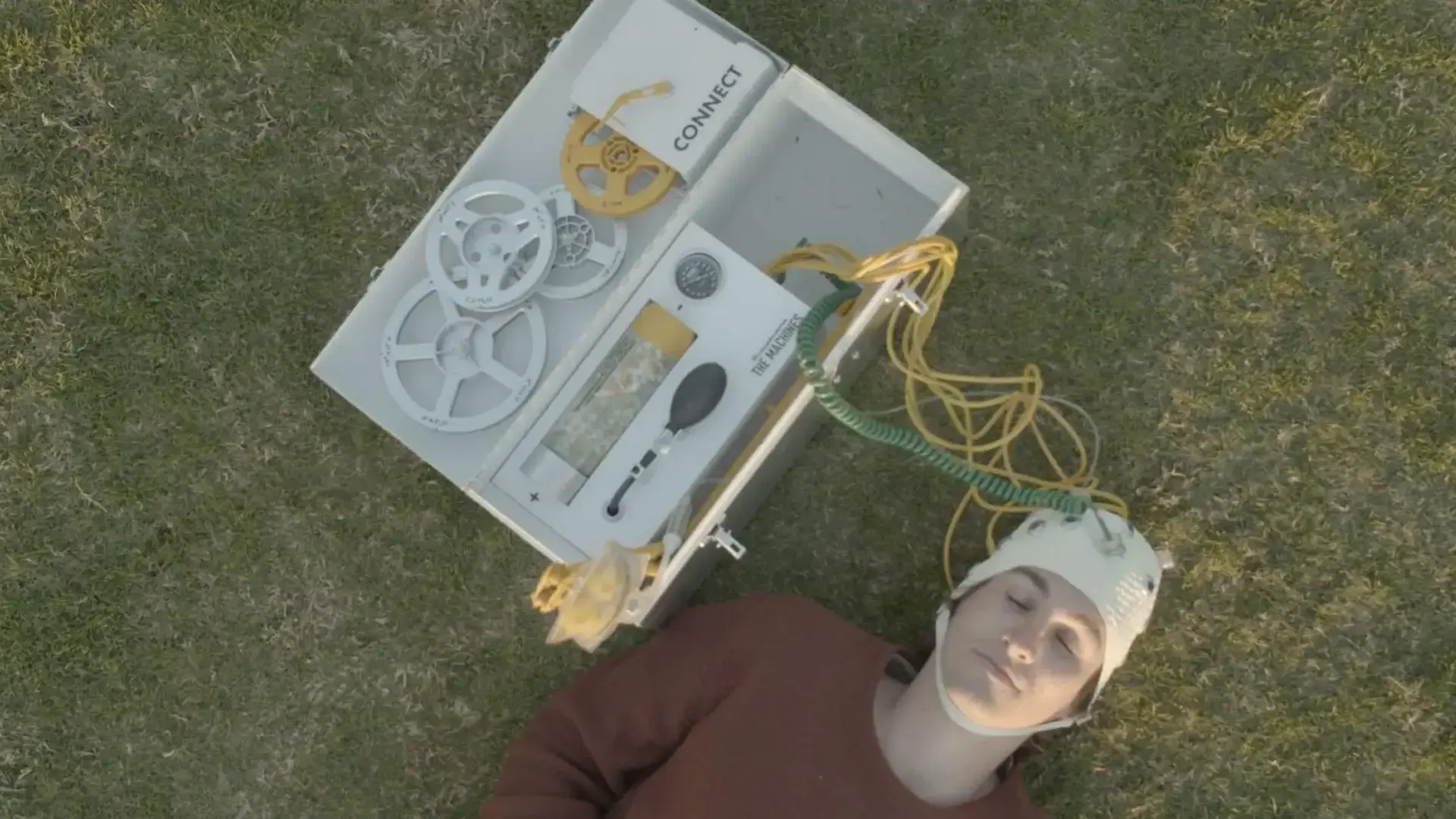1Please give us a brief bio of yourself and your design background.
I’m a creative technologist and filmmaker with a background in architecture and immersive digital art. I focus on speculative narratives about the future of our built environment, exploring the intersection of digital and physical spaces.
My work blends cinematic storytelling with emerging technologies like AI, real-time rendering, and virtual environments, offering a fresh perspective on how people engage with space. I’ve been involved in several interdisciplinary projects, ranging from interactive installations to films like The Ninth Wave and Erasure, each reflecting my interest in futuristic world-building.
2What made you become/why did you choose to become a designer/artist?
I’ve always been fascinated by the way people interact with the spaces around them—whether physical or digital. I initially pursued architecture to understand how to shape the built environment, but over time, I became intrigued by speculative futures and digital realities.
Design and art allow me to create experiences that push people to reconsider the boundaries between reality and imagination, whether it’s through an immersive installation or a speculative film about augmented reality. This constant exploration of space, memory, and interaction led me to pursue creative technology as my main form of artistic expression.
3Tell us more about your agency/company, job profile, and what you do.
I work independently as a creative technologist and filmmaker on many different projects. I specialise in creating immersive narratives that blend physical spaces with digital overlays, crafting stories that reimagine how we interact with our surroundings.
I collaborate with a range of artists, designers, and technologists to push the limits of storytelling through new media. Whether through film, real-time rendering in Unreal Engine, or immersive installations, I’m constantly experimenting with how to engage audiences on both a conceptual and sensory level.
4What does “design” mean to you?
Design, for me, is about creating meaningful experiences that provoke thought and emotional connection. It’s about finding the balance between aesthetic beauty and functional purpose. Whether I’m designing a digital world or a physical installation, I aim to craft spaces that allow people to see things from a new perspective, blurring the lines between the real and imagined.
5What’s your favorite kind of design and why?
I’m most passionate about speculative design and immersive environments. They allow me to combine my architectural background with my love for storytelling. Speculative design gives me the freedom to imagine new futures, while immersive environments allow me to create spaces where people can actively participate in the story, whether physically or digitally. It’s the intersection of creativity, technology, and human experience that draws me in.
6To you, what makes a “good” design?
Good design creates a connection between the viewer and the piece, whether it’s an object, a space, or a narrative. It should challenge perceptions, evoke emotions, and encourage deeper thought. Beyond aesthetics, it needs to resonate with people on a functional and experiential level, giving them something memorable to take away.
7How did you come up with the idea for your award-winning design?
The idea for The Machine Festiphemera came from my fascination with the ephemeral nature of festivals and how digital technology can enhance and document these fleeting experiences. We wanted to create a design that both captures the spontaneity of live events and fuses it with a futuristic, machine-driven aesthetic. The concept plays with the idea of fleeting moments in a hyper-augmented world, where machines become both participants and recorders of human experience.
8What was your main source of inspiration for this design?
The primary inspiration came from the intersection of digital art, live performances, and the temporary environments that festivals create. Out team was also inspired by old-world festival traditions and how they are now being reinterpreted in our tech-driven culture. There’s a contrast between the human spirit of celebration and the cold, mechanical nature of the technology we use to record and enhance those experiences. It’s this dynamic tension that inspired The Machine Festiphemera.
9Do you think your country and its cultural heritage has an impact on your design process?
China’s cultural heritage, especially its emphasis on collective values and community, has definitely shaped my design process. Growing up in a society that values human connections and shared experiences, I’ve always been drawn to how people come together. This influenced The Machine Festiphemera, where I suggested the machines not just as tools but as facilitators of connection—bringing people together as if they were at a festival. It reflects the sense of unity and communal spirit that is so integral to my cultural background.
10Congratulations! As the winner of the French Design Awards, what does it mean to you and your company and team to receive this award distinction?
Winning this award is incredibly meaningful. It’s an affirmation of the speculative and immersive work that I’ve been exploring for years. For my collaborators and me, this recognition is not just a celebration of the project, but a sign that the industry is ready to embrace new, forward-thinking ideas about design and storytelling.
11Can you explain a bit about the winning work you entered into the French Design Awards, and why you chose to enter this project?
The Machine Festiphemera is a multimedia installation that fuses the physicality of festival ephemera with digital augmentation, exploring the relationship between time, memory, and technology. Our team entered this project into the French Design Awards because it embodies the core of our design philosophy: the seamless integration of technology with human experience. It’s a project that speaks to the future of interactive design, making it a perfect fit for an award that celebrates innovation and creativity.
12What were the main challenges you faced during the design process, and how did you overcome them?
One of the main challenges was balancing the organic, spontaneous nature of live events with the structured, precise language of digital technology. We had to constantly experiment with how much control to give to the "machine" aspect of the design, ensuring it enhanced rather than overtook the ephemeral quality we wanted to preserve. We overcame this through a process of iteration, working closely with both digital tools and hands-on material experimentation to create harmony between the two.
13How do you think winning this award will impact your future as a designer?
Winning this award reinforces my belief in the potential of blending technology with artistic storytelling. It not only provides validation for my approach but also opens up new opportunities to collaborate with like-minded innovators. I believe this recognition will encourage me to push the boundaries of my designs even further and help me reach a broader audience that values the intersection of art, technology, and cultural commentary.
14What are your top three (3) favorite things about the design industry?
The constant innovation—it’s a field where new tools and technologies are constantly changing what’s possible. The ability to tell stories through different mediums, from physical installations to digital films. Finally, the collaborative nature—working with other creatives always brings fresh perspectives to my work.
15What sets your design apart from others in the same category?
Our designs always focus on the interaction between people and their environments, whether digital or physical. I approach every project with a narrative focus, making sure that the space or experience tells a story, rather than simply existing as a backdrop. This combination of storytelling and immersive environments sets my work apart.
16Where do you see the evolution of design industry going over the next 5-10 years?
In the next 5 to 10 years, I see the design industry increasingly merging with emerging technologies like AI, XR, and real-time rendering. Designers will no longer be limited to static forms but will become creators of dynamic, interactive environments. Customisation and personalisation will dominate, as tools evolve to allow designers to adapt their work in real-time to meet individual user needs. Sustainability will also play a bigger role, pushing designers to create eco-friendly solutions and reduce waste in every aspect of production.
17What advice do you have for aspiring designers who want to create award-winning designs?
Stay curious and never limit yourself to one medium or field. Design is about solving problems creatively, so always push boundaries and embrace experimentation. Connect with others, collaborate, and share your ideas because feedback and collective creativity can elevate your work. Most importantly, stay authentic—award-winning designs often stand out because they reflect the unique vision and perspective of the designer. Don’t be afraid to inject your personality and values into your work.
18What resources would you recommend to someone who wants to improve their skills in the design industry?
I would recommend starting with a solid foundation in both traditional and digital design principles, which you can build through books, online courses, and hands-on practice. Stay curious and always explore new tools and techniques. Networking with other designers is invaluable, as you can learn a lot from seeing how others approach challenges. Lastly, immersing yourself in art, architecture, and nature will give you inspiration outside the design world and help you think more creatively.
19Tell us something you have never told anyone else.
I sometimes imagine my digital projects as though they were being built in an analog world, just to get a fresh perspective!
20Who has inspired you in your life and why?
Tarkovsky, the Russian filmmaker, has been a massive influence on my creative vision. His ability to create deeply atmospheric, contemplative spaces in his films inspires me to think about design not just in terms of visual appeal, but as an emotional and sensory journey. He encourages me to embrace slowness and complexity in my work, to create experiences that resonate long after they are over.
21What is your key to success? Any parting words of wisdom?
The key to my success has been curiosity and resilience. I’ve always been driven by a desire to learn and explore, even in areas I’m not initially familiar with. At the same time, resilience is crucial—projects will fail, ideas won’t always land, but it’s through persistence and adaptation that breakthroughs happen. My advice: always push the boundaries of your comfort zone and embrace the challenges.
22Do you have anything else you would like to add to the interview?
I believe that design is more than just problem-solving; it’s about creating meaning and connection. As technology continues to evolve, designers have the unique opportunity to shape how we experience the world and interact with one another. It’s an exciting time to be in the field, and I’m eager to see how the boundaries of design will continue to expand in the future.




